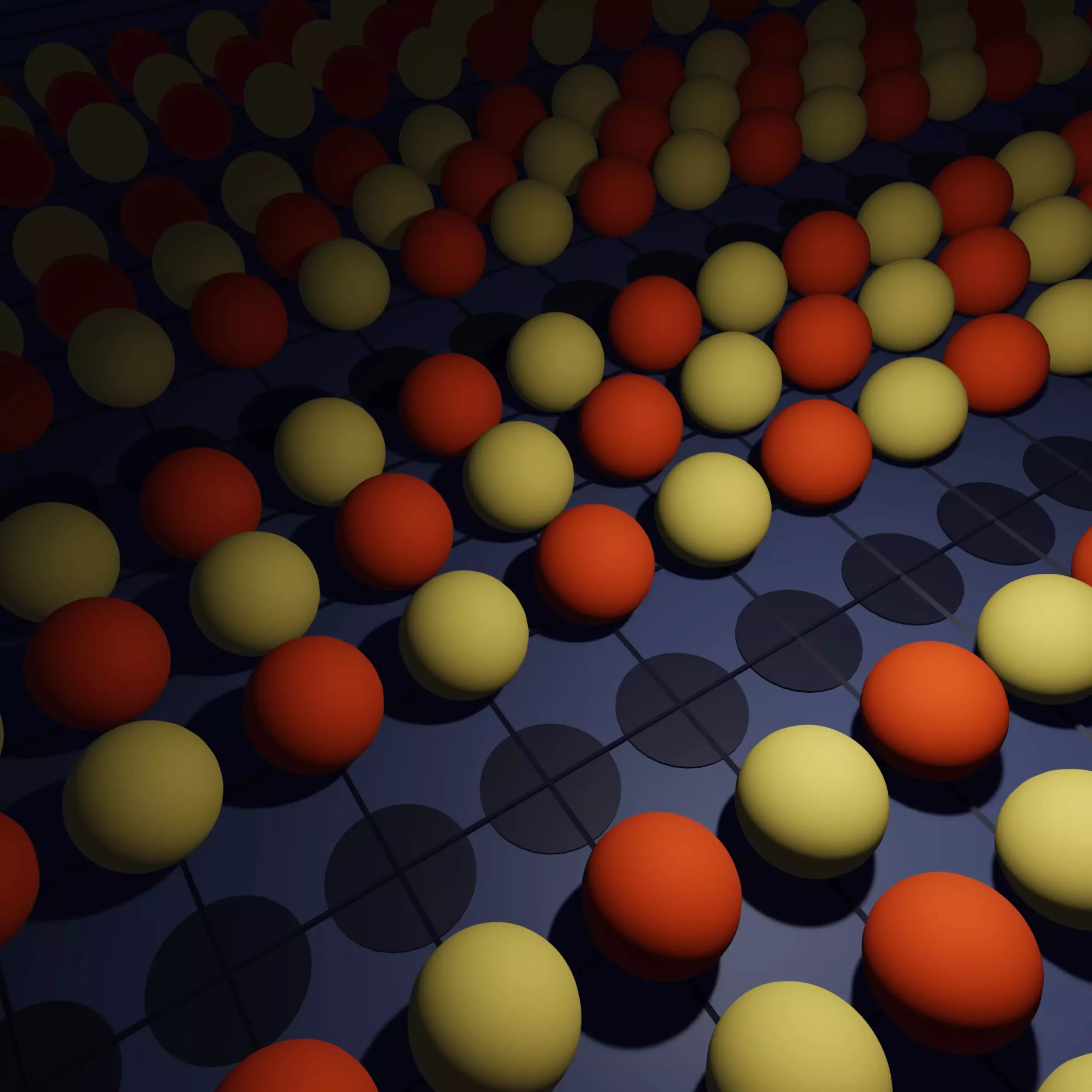The pursuit of room-temperature superconductivity has long been regarded as one of the most exciting yet elusive objectives in the field of condensed matter physics. A recent breakthrough, outlined in a study published in *Science*, sheds light on the enigmatic phenomenon known as the “pseudogap.” This newly gained understanding not only advances theoretical physics but also brings practical applications within reach, such as lossless power transmission and more efficient technologies ranging from MRI machines to maglev trains.
The pseudogap is a distinctive state observed in various high-temperature superconductors, predominantly those made of copper and oxygen compounds. In simpler terms, superconductivity occurs when materials allow electricity to flow without resistance, but only at temperatures well below freezing. The pseudogap state exists in materials that display superconductive qualities at chilling temperatures, typically below -140 degrees Celsius, yet, intriguingly, these materials transition to a state where their electrical behavior is more akin to that of semiconductors or normal metals at slightly elevated temperatures.
Scientists have long sought to comprehend the underlying dynamics of the pseudogap, yearning to grasp whether this state diminishes or evolves as temperatures approach absolute zero—a frigid threshold of -273.15 degrees Celsius, beyond which all molecular motion ceases. Antoine Georges, a prominent figure in the study, describes the challenge: “Imagine a landscape shrouded in fog; previously, we could only discern a few key features. Now, as the fog lifts, the full expanse reveals itself, paving the way for excitement in our field.”
One of the key steps in advancing our understanding of the pseudogap involves a range of sophisticated computational techniques used to model electron behavior in various materials. The complexity of quantum entanglement poses significant challenges; quantifying the interactions among a large number of electrons is computationally daunting, and even leading-edge supercomputers struggle to simulate these interactions directly.
Georges emphasizes the limitations of even the most advanced computational methods, noting that researchers must embrace clever algorithms and simplified models, rather than relying on straightforward calculations. A classic example is the Hubbard model, which depicts a theoretical framework where electrons behave like pieces on a chessboard. This model simplifies calculations through various methodologies, each tailored to different temperature conditions. However, a crucial aspect emerges in the “in-between” temperature range, where pseudogap effects are most pronounced—making it a computationally tricky territory.
To effectively tackle the complexities associated with the pseudogap, the research team adopted a novel algorithm known as diagrammatic Monte Carlo. Originating in the late 20th century and enhanced in recent years, this approach enables theorists to model interactions across the entire framework simultaneously—unlike standard Monte Carlo methods, which examine localized areas and rely on statistical extrapolation.
Utilizing diagrammatic Monte Carlo allowed the researchers to probe what happens to pseudogap materials as they cool toward absolute zero. It was noted that as these materials descend in temperature, they can either transition into a superconducting state or exhibit “stripy” patterns, where electrons organize into well-defined configurations.
Significantly, the research addressed many unanswered questions in the field, such as the precise evolutionary path of the pseudogap as temperatures decrease. Georges emphasizes the nature of these findings: They demonstrated how the electronic arrangements began shifting towards stripy patterns, a facet that aligns with earlier hypotheses but lacked empirical validation.
This research not only contributes to our understanding of the pseudogap but also bolsters related fields, particularly quantum gas simulations—a rapidly evolving domain where atoms are manipulated under ultracold conditions. As advancements in quantum optics and cooling techniques forge ahead, the insights gained from this study become crucial in bridging theoretical frameworks with experimental realities.
The revelations surrounding the pseudogap signify not merely an isolated advancement but part of a broader dialogue in the scientific community. The interplay of computational proficiency and empirical observation is critical as researchers continue to navigate challenging frontiers of quantum physics. As we peel away the layers of complexity inherent in superconductivity, we edge closer to harnessing its potential for practical applications that could transform technology as we know it.

